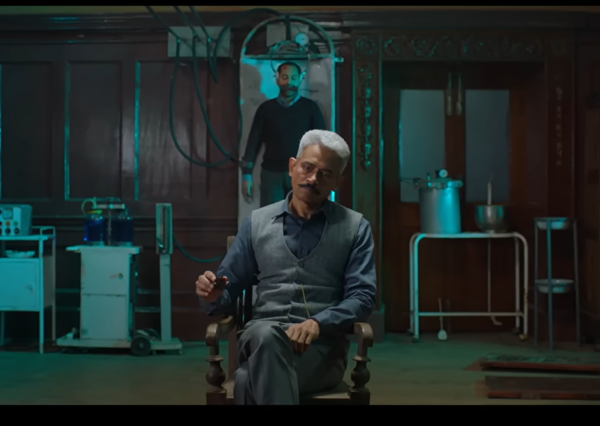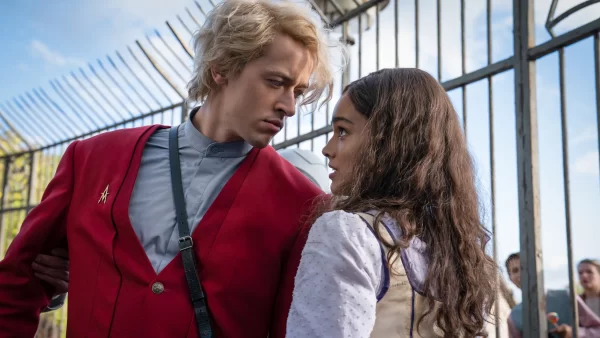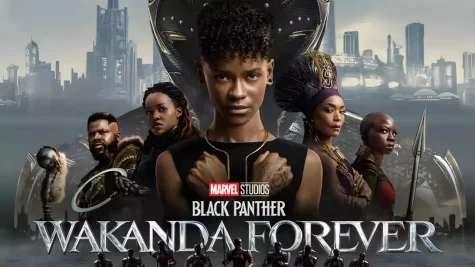Pixar’s ‘Coco’ visually dazzles, delights
Lee Unkrich, director of “Toy Story 3,” brought his eye for style back to the big screen for “Coco,” a film that put Hispanic people on the big screen in a celebration of culture and Dia de Muertos.
Miguel Rivera (Anthony Gonzalez) can’t stop singing and playing his guitar despite his family’s ban on the practice. Due to a mysterious chain of events, Miguel is sent to the Land of the Dead. To return to the land of the living, Miguel must receive the blessing of any relative to continue music. Miguel seeks out his great-great-grandfather who abandoned his family in his pursuit of music, causing his wife Imelda (Alanna Ubach) to institute the ban. With the help of a vagrant named Hector (Gael Garcia Bernal), Miguel must find his ancestor, a man he believes is the most celebrated musician of all time, Ernesto de la Cruz (Benjamin Bratt).
The appreciation, accuracy and celebration of Mexican culture is the strongest element of “Coco.” Every aspect of the film was inspired by the unique tapestry of Mexico’s food, art, music, dance and traditions. It was less a film that simply borrowed from a culture to pander to an audience, and more so a passion project that praises the rich, complex tradition of Mexico’s culture and Latinx people.
The film’s incredibly multi-talented cast gave dynamic vocal performances across the board. Gonzalez especially stood out. His portrayal of Miguel was joyous, affable and full of heart. His singing voice, too, was incredible and his ability to keep up with some of the best talent in the business is impressive, given his young age. Bernal was fantastic as Hector; He was silly, sneaky and always good for cheering people up, but also evoked a sense of vulnerability and loneliness that was truly touching. Imelda, too, was emotive and dynamic, her emotional journey only added to the layers of story-telling. Each of the characters were multi-faceted and well-rounded, which is testament to how much care went into crafting this story.
The visuals in “Coco” are also impressive – some of the best animated sequences and character designs to come from Pixar in years. One shot in particular featured Miguel crossing over a bridge of glowing marigold petals as he took in the ethereal beauty and grandeur of the land of the dead. It was so stunning it knocked the breath out of me, and that’s one of the earliest scenes. “Coco’s” color palette in general was vibrant, especially in the film’s use of alebrijes, a spirit animal that can take any form and cross between the planes of the living and the dead at will. Their bright neon shine illuminated and captivated me every time they were featured on screen.
What truly sold me on “Coco,” though, was it’s storytelling. To put it simply, it was fantastic, albeit forgivably predictable at times. That being said, the narrative twists in a film geared towards children are rarely mind-boggling, yet, the film’s message of the importance of ancestors and carrying on their legacy is expertly executed. The story made its mature themes surprisingly accessible for audiences of all ages, including the validity of music and the arts, as well as the bittersweetness of death and loss.
“Coco” isn’t a film that is simply borrowing a culture for the use of a creative setting, and more one that exudes and praises that culture at every moment. Mexican culture is at the heart of “Coco” which means Latinx people are at the center of the film as well.
“Coco” is a revelation. Another fantastic addition to the Pixar canon that upholds and raises the quality of the studio to incredible heights, while also being another feather in the cap of Lee Unkrich. It’s colorful and meticulously designed visuals, incredible musical numbers and score, fantastically rich and well-developed characters and a good message for kids and grown-ups make it a must-see and one of the best films of the year.
Your donation will support the student journalists of Washburn University. Your contribution will allow us to purchase equipment and cover our annual website hosting costs.














